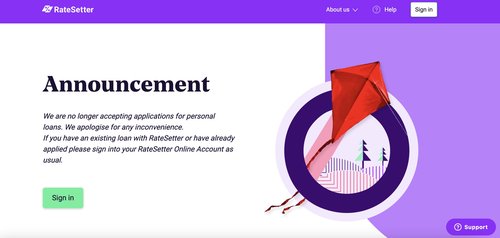Whither the P2P borrowers?
Attracted by the high yields on offer, lenders large and small, private and institutional, are queueing up to make money available for P2P loans.
A few of the more recent developments have seen Zopa hook up with the Saffron Building Society to cater for any private customers who might want to borrow money for purposes other than buying a property. ThinCats has been given £200m of institutional cash to parcel out for larger business loans of up to £5m and, back in August, Aegon UK (part of Dutch insurance giant Aegon BV) announced that it was allocating £160m for loans to SMEs via the Funding Circle platform.
All very impressive, except that the quality end of the SME community does not seem minded to borrow money because of concerns surrounding the UK’s post Brexit future.
The latest Federation of Small Business’ (FSB) Small Business Index (SBI) stood at +1 in Q3 2017, down from +15 in Q2. Far from expanding, the FSB survey showed that a record number of small businesses (13%) are actually planning to downsize, close or sell out – the highest percentage recorded since the SBI was launched in 2012. Around 70% of small firms complained of a sharp rise in operating costs; this supports an earlier survey by Bibby Financial Services in July that revealed nearly half of the respondents saw the sheer cost of doing business as their biggest challenge. The Bibby report also said that 40% of those surveyed did not expect to invest in their businesses in Q3 2017.
The evidence points to a grim outlook for the foreseeable future. However, the plain fact is that yields on P2P loans look great compared to bank and building society deposits. Even if there is a slight upward shift in UK interest rates, as mooted by the Governor of the Bank of England, Mark Carney, P2P yields will still look great – and will look even better once the big guns get their Innovative Finance ISA products off the shelf and out into the marketplace, supported by suitable marketing fanfare.
But aside from interest rate movements and the reluctance of SMEs to borrow, what if existing loans start turning bad, as predicted by many of the sector’s detractors? Certainly, there are some warning signs out there already with Zopa, for example, announcing a new, tougher credit risk scorecard because it’s expecting “higher-than-expected losses on outstanding loans”. Should platforms that lend to credit-crazed consumers be viewed differently from others which specialise in SME business loans, where there is a surfeit of money available?
The latter may be a matter of appetite, preference or common sense. But, realistically, loan defaults were always going to occur at some stage; it just so happens they have been low for most of the period that P2P has been having its purple patch. Loans with a coupon of 10% and more were bound to carry risk – higher reward means higher risk, that’s the deal. However, the main challenge for marketers is to make the facts clear without putting the punters off in the process – sometimes there’s a fine line between being honest and committing commercial suicide.
But aren’t these just the kind of problems that our clients ask us to solve?
Related Reading

Blog: Whatever happened to RateSetter?
by Neil Edwards, 4 minute read

Blog: The Real Cost of Investing with St James's Place
by Neil Edwards, 3 minute read